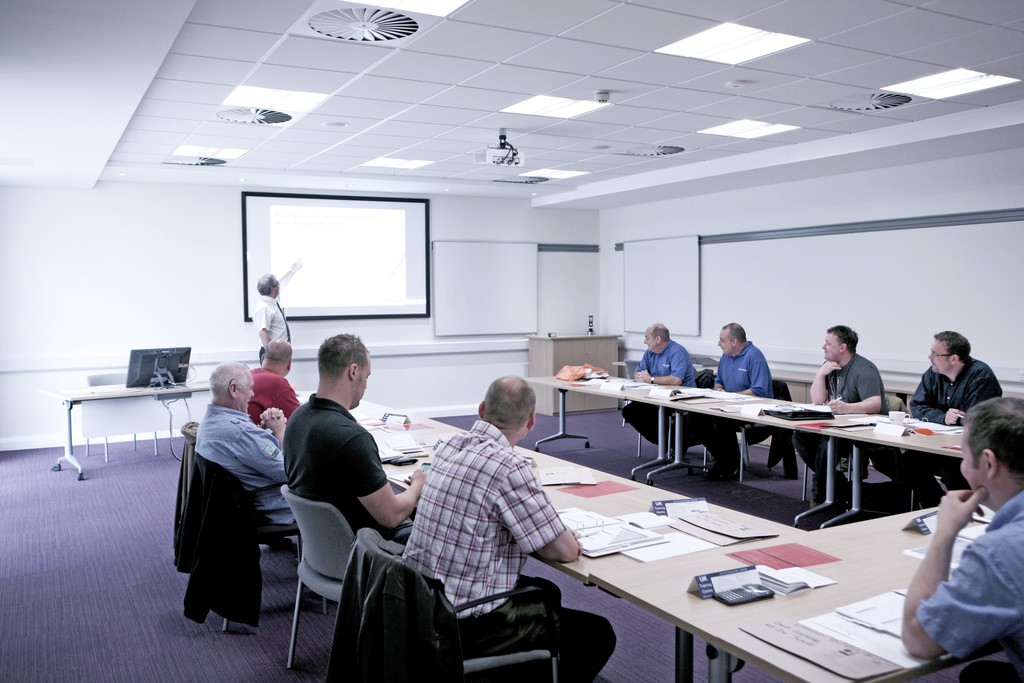
Kelly Rose
Editor

Kelly Rose
Editor
In any workplace, managers have a duty to evaluate the risks associated with that setting and, if there is a boiler installation on site, they are legally bound to keep it working correctly and safely at all times. Chris Coleman, marketing product manager – Condensate Handling & Customer Training at Spirax Sarco, looks at some of the key requirements of a boiler house risk assessment and explains how training plays a vital role.
Risk assessments are required under Regulation 3 of the Management of Health and Safety at Work Regulations 1999, to determine, measure and mitigate potential risks in the workplace. Unlike some, a boiler house-specific risk assessment is not just a lesson in slips, trips and falls; its key objective is to ensure the boiler is being correctly operated and maintained. Without this framework in place, boiler houses and plants face many risks, from failing equipment and costly downtime to jeopardising the safety of staff and property. So it’s important risk assessments are not only completed, but that they are completed correctly.
Help from the HSE
The Health and Safety Executive’s (HSE) safe management of industrial steam and hot water boilers (INDG436) outlines 12 key factors that need to be considered to ensure the safe operation of the boiler: Operation; competence; training; maintenance; design; location; safety system; control system; testing; examination; supervision; management.
It’s true that not all boiler houses and plants are the same and, because of this, risk assessments should always be site-specific. However, the twelve factors above are a key indicator of what elements should be involved in a risk assessment. They are intrinsically linked; if only one factor is affected, safety on site may be compromised.
Take operation and maintenance as an example. Post installation, during the lifetime of a boiler, a number of changes could be made to the plant or its associated infrastructure. These changes, whether physical modifications to the boiler itself, or a change in monitoring arrangements, can affect the way in which the boiler is operated. Changes to a boiler’s original design limits can, for example, cause increased risk of stress, corrosion or even fatigue of key components. It’s therefore important to ensure a record has been kept of how the boiler should be correctly operated and maintained, and that this documentation is followed at all times.
Routine examination is also key. Regulation 8 of the Pressure Systems Safety Regulations (PSSR) 2000 covers the safe design and use of pressure systems and is intended to prevent the hazardous storage of pressure.
A legal requirement of regulation 8 is that a written scheme of examination is drawn up for all relevant plants. This scheme should highlight the nature and frequency of examination for the pressure system, as well as build an accurate picture of the system’s component parts. It’s imperative that this scheme is certified by a competent person who has sufficient knowledge and experience of the equipment and systems in question.
Knowledge is power
In the boiler house, a certain degree of practical and theoretical knowledge is vital to ensuring the equipment and processes are operated safely and correctly. So it is no surprise that knowledge and experience is a recurring theme throughout the INDG436 document.
It is, however, an ongoing process. Technologies are constantly developing and the demands on systems change over time. It’s therefore imperative that sufficient levels of knowledge and expertise are maintained to ensure the boiler house remains safe from any preventable risk.
It would seem the Health and Safety Executive are in agreement. INDG436 highlights training as one of the crucial factors governing the safe operation of the boiler; it also provides guidance on how to identify a quality training provider. It states that training should be delivered by qualified equipment specialists, who can convey their knowledge in the appropriate context. Industrial experience is also key. So when choosing a boiler house risk assessment provider, it’s important to look for a course designed not only by a health and safety expert but also by a provider with vast experience in the boiler house environment.
Risk assessments play an essential role in any safe working environment and keeping up-to-date through training will ensure operators have confidence in their ability to carry out procedures correctly and safely. Successful management of risk will not only help to prevent accidents but will proceed to enhance overall business performance.



Charlton House
15 Cirencester Rd
Charlton Kings
Cheltenham
GL53 8ER
UNITED KINGDOM
01242 535001